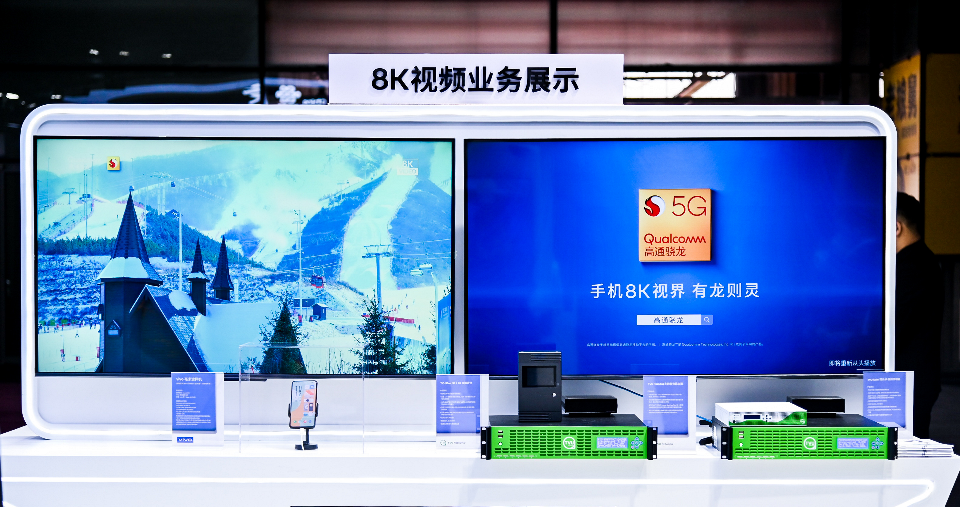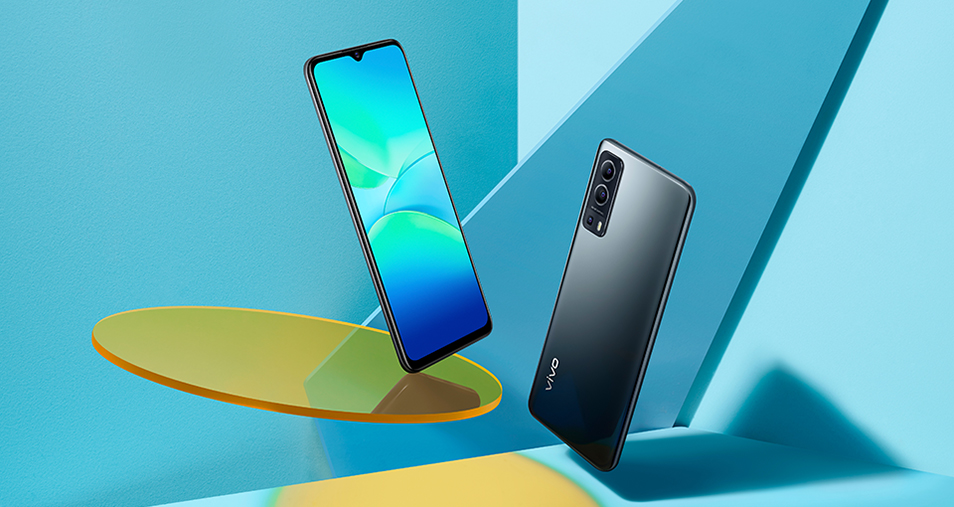vivo Showcases 8K UHD Video Powered by 5G mmWave at MWC Shanghai 2021
SHANGHAI/LONDON, 2nd March 2021
Exhibit of 8K UHD underscores vivo's leadership in 5G mmWave

As one of the world's leading smartphone manufacturers, vivo is very proud of the company's R&D department, which allowed vivo to produce several smartphone industry firsts. Drawing on a diverse pool of talent, the company's R&D network is based in 9 cities around the world – Shenzhen, Dongguan, Nanjing, Beijing, Hangzhou, Shanghai, Taipei, Tokyo and San Diego – covering 5G communications, artificial intelligence, industrial design, imaging technology and many other frontier areas of consumer electronics products and services.
In recent years, vivo has invested heavily in 5G mmWave technology and has achieved great results. Thus, the company was able to conduct a live demonstration of 8K ultra-high-definition (UHD) video streaming powered by 5G at the Mobile World Congress (MWC) Shanghai 2021, highlighting vivo's strength in the research and development of 5G millimetre wave (mmWave) technology.
vivo exhibited 8K UHD video streaming, powered by 5G mmWave technology, at MWC Shanghai 2021
During the congress, vivo leveraged an onsite 5G mmWave base station to transmit 8K UHD video from a server to a vivo smartphone, which then wirelessly projected the UHD video to an 8K television. The vivo smartphone used at the exhibit supports multiple 5G Sub-6GHz and mmWave frequency bands (n257/258/260/261), using NSA dual connectivity (EN-DC). The demonstration highlights the potential for commercialization of 5G mmWave.
MWC Shanghai 2021 included a 5G mmWave Zone – jointly hosted by the organizer GSMA and 39 partners, including vivo, China Unicom, and Qualcomm – to exhibit and test the needs of potential application scenarios of 5G mmWave, especially in winter sports events. The zone demonstrated the potential for 5G mmWave to create a hi-tech and intelligent Winter Olympics, and the boundless possibilities that come with mmWave industry ecosystem and standardization.
vivo displayed its mmWave prototype at MWC Shanghai 2021
At present, global 5G service is mainly based on sub-6GHz and mmWave spectrums. Millimetre waves are electromagnetic waves with a wavelength of 1 mm to 10 mm and a frequency range of 30 GHz to 300 GHz. Compared with frequency bands below 6GHz, mmWave has unique advantages such as larger bandwidth, lower air interface delay, and more flexible air interface configuration, which can effectively meet the needs of wireless communication system capacity, transmission rates, and differentiated applications. Low-frequency and high-frequency hybrid networking will become the basic architecture of the 5G mobile communication system.
Vivo's high investment in R&D is paying off: In 2016, the vivo 5G team started pre-research on key mmWave technologies and actively participated in the 3GPP R15/R16 mmWave standardization, making important contributions to 5G mmWave standards. Last September, in a field test organized by the IMT2020 (5G) Promotion Group in Beijing's Huairou district, the peak rate of downlink 4CC of vivo's 5G mmWave smartphone reached 2.06 gigabits per second (Gbps) with a distance spanning up to 1.3 km (bounded by LOS condition at field). Last November at the 2020 World 5G Convention, vivo showcased how 5G mmWave smartphones could be connected with wireless network emulator, attracting the interest of many industry insiders.
With its huge potential and broad applications, vivo is committed to the development of 5G mmWave technology and applications and continues working with industry partners to unleash the greater potential of 5G.

